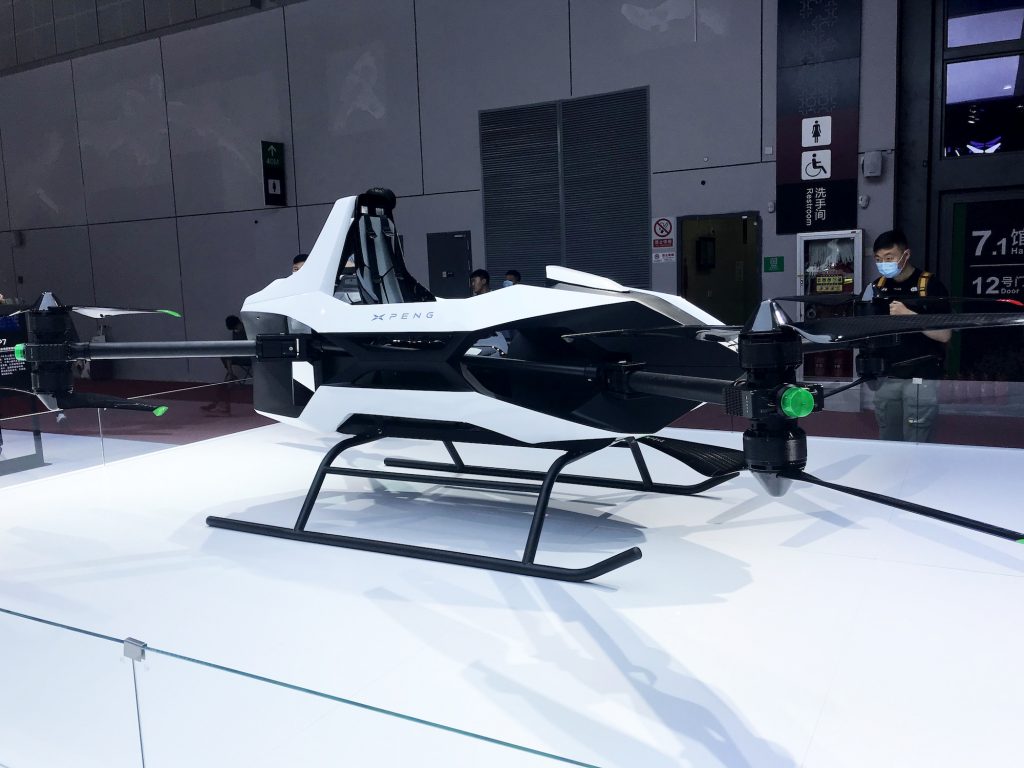Flying car prototype receives certification from the FAA

The first fully electric vehicle that can both fly and travel on roads and is set to receive US government approval has been certified for testing by the Federal Aviation Administration.
The vehicle is what a California startup refers to as a “flying car”.
According to Alef Automotive, its “Model A” vehicle/aircraft, which can be driven on public roads and parked like a regular car, is the first flying vehicle of its kind.
Additionally, it has the capacity for vertical takeoff and landing capabilities. It will reportedly have a capacity for one or two passengers, a road range of 200 miles, and a flying range of 110 miles.
With the first delivery projected for the end of 2025, the company anticipates selling the cars for $300,000 each.
The FAA confirmed that it has granted the company a special airworthiness certificate, allowing for only a few specific uses, including exhibition, research, and development.
VTOLs, or vehicle takeoff and landing aircraft, are being developed by a large number of companies. Alef received a unique airworthiness certificate, but the FAA claimed that it is “not the first aircraft of its kind” to do so.
However, Alef pointed out that the vehicle’s ability to function on land and in the air, to look like a typical car, and to park in a typical parking space set it apart from other vehicles.

“We’re excited to receive this certification from the FAA. It allows us to move closer to bringing people an environmentally friendly and faster commute, saving individuals and companies hours each week. This is a one small step for planes, one giant step for cars,” said Jim Dukhovny, the CEO of Alef.
According to the company’s website, the flying car will be certified as a “low speed vehicle,” which means it will not be able to travel faster than about 25 miles per hour on a paved road.
The company said, “the assumption is that, if a driver needs a faster route, a driver will use Alef’s flight capabilities”.
The National Highway Traffic Safety Administration must still approve it before it can be used on public roads.
Source-CNN





